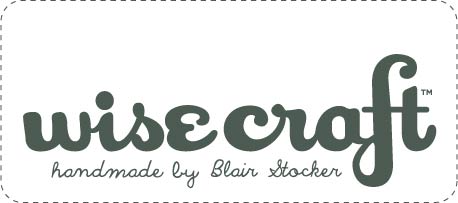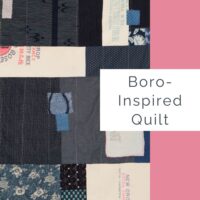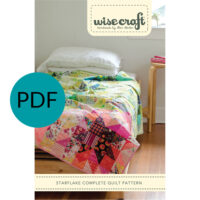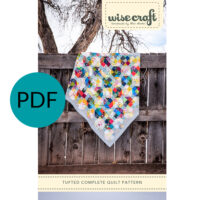How I create new content
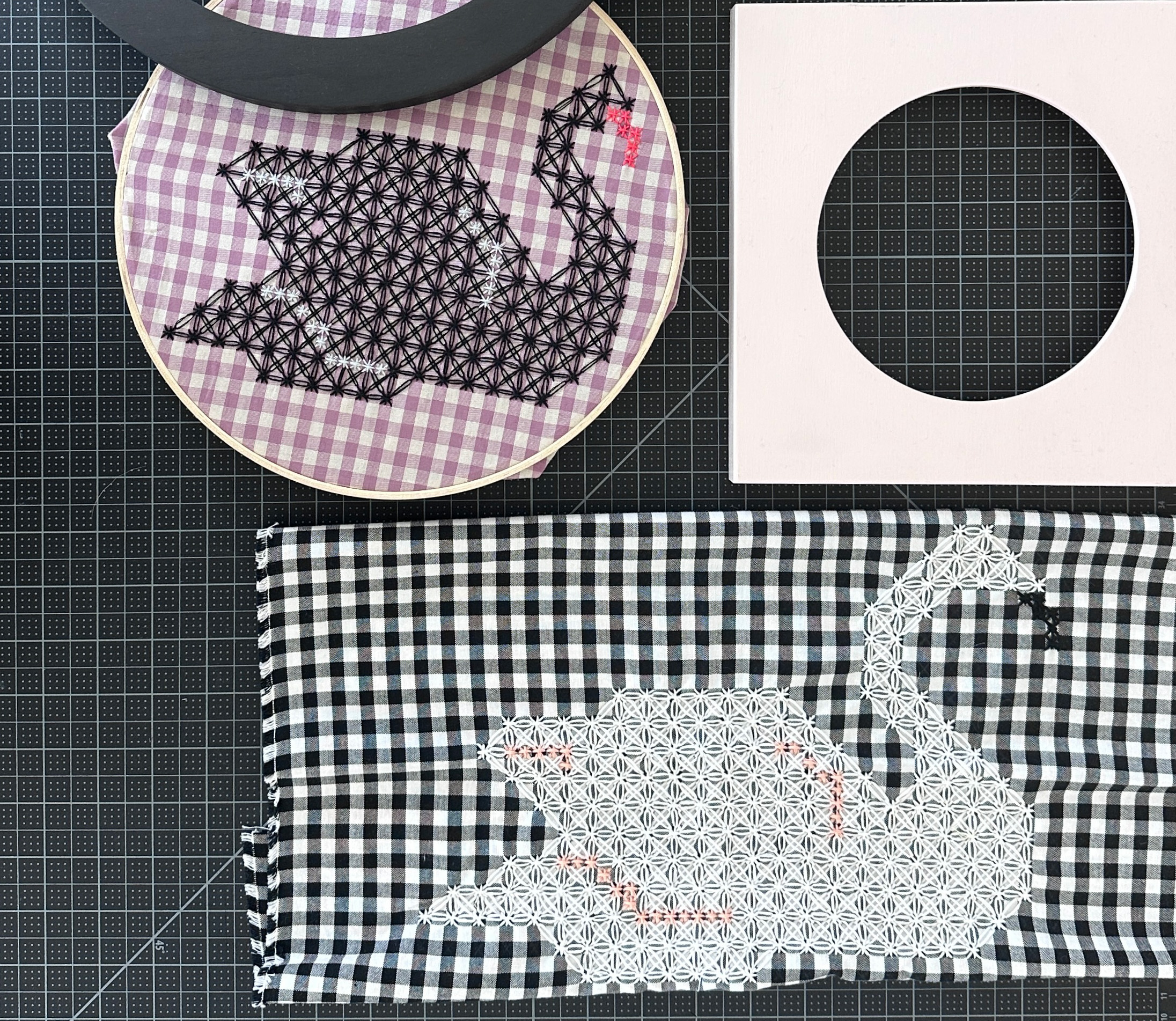
So much goes into developing a new sewing pattern. For grins, I thought I would go through the process of how I create new content. As sort of a reminder to my future self as I plan these sorts of things throughout the year.
What kind of patterns?
These days, I create both quilt and embroidery patterns, and combinations of patterns and video classes. Many people I know in a similar small business as myself will plan how many patterns they want to release each year. Whether that is quilt patterns, general sewing patterns, embroidery patterns. I can usually make a general prediction about how many patterns I’d LIKE to release But this industry changes constantly, and if I’m not flexible I will find myself stressed out and overworked.
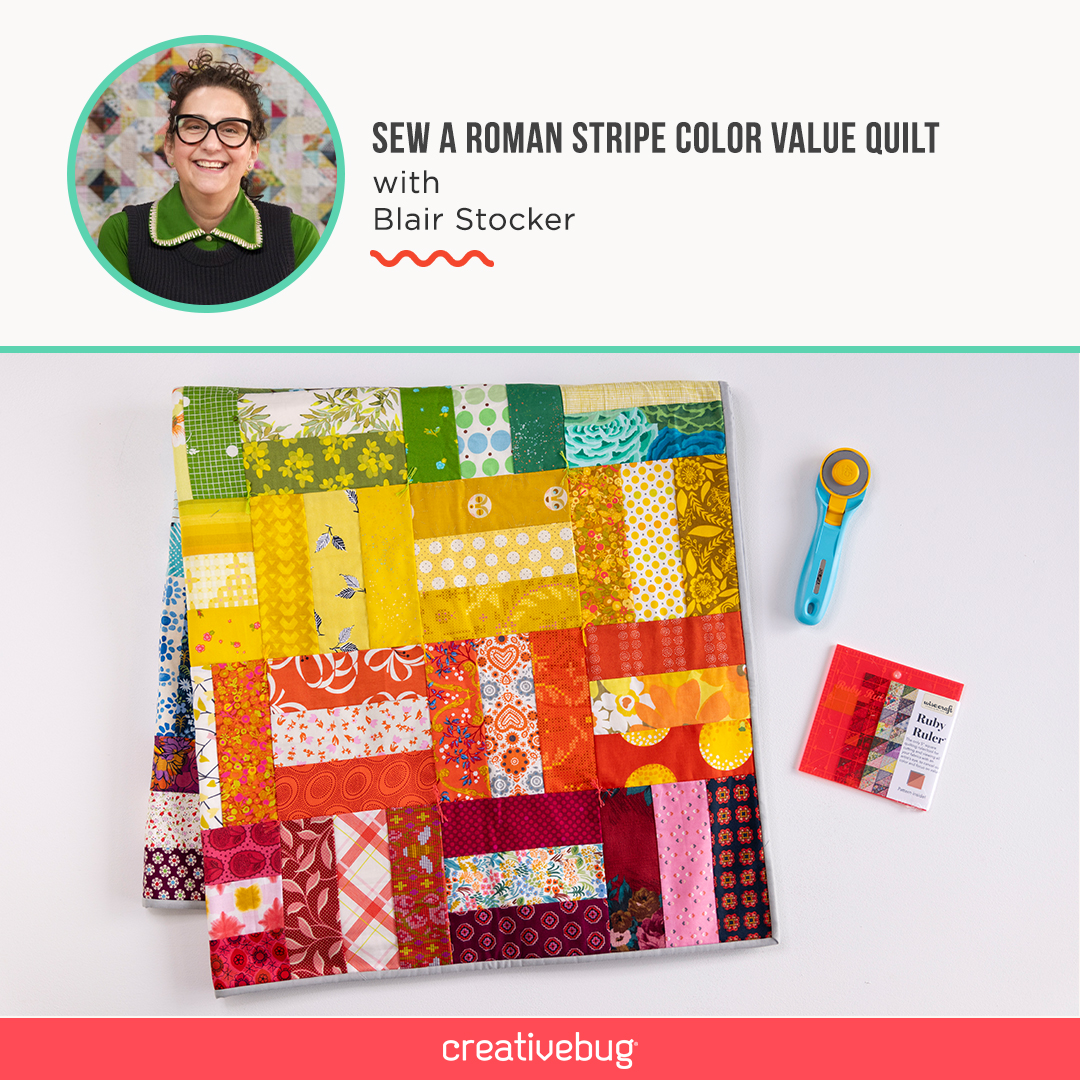
For example, in early 2023 I had plans to begin testing and writing a new quilt pattern in the first quarter of the year. They proposed I come to Oakland, California and film a series of classes. It was an amazing opportunity. I filmed my Chicken Scratch Daily Practice series, Sew a Roman Stripe Color Value Quilt, and Sew a Stash-Busting Stocking all in 1 week of full filming days. We got it done and I am super proud of that work, but it pushed my own production schedule around a bit. It’s important to have enough flexibility to be able to grab opportunities like that without putting huge amounts of pressure on myself.
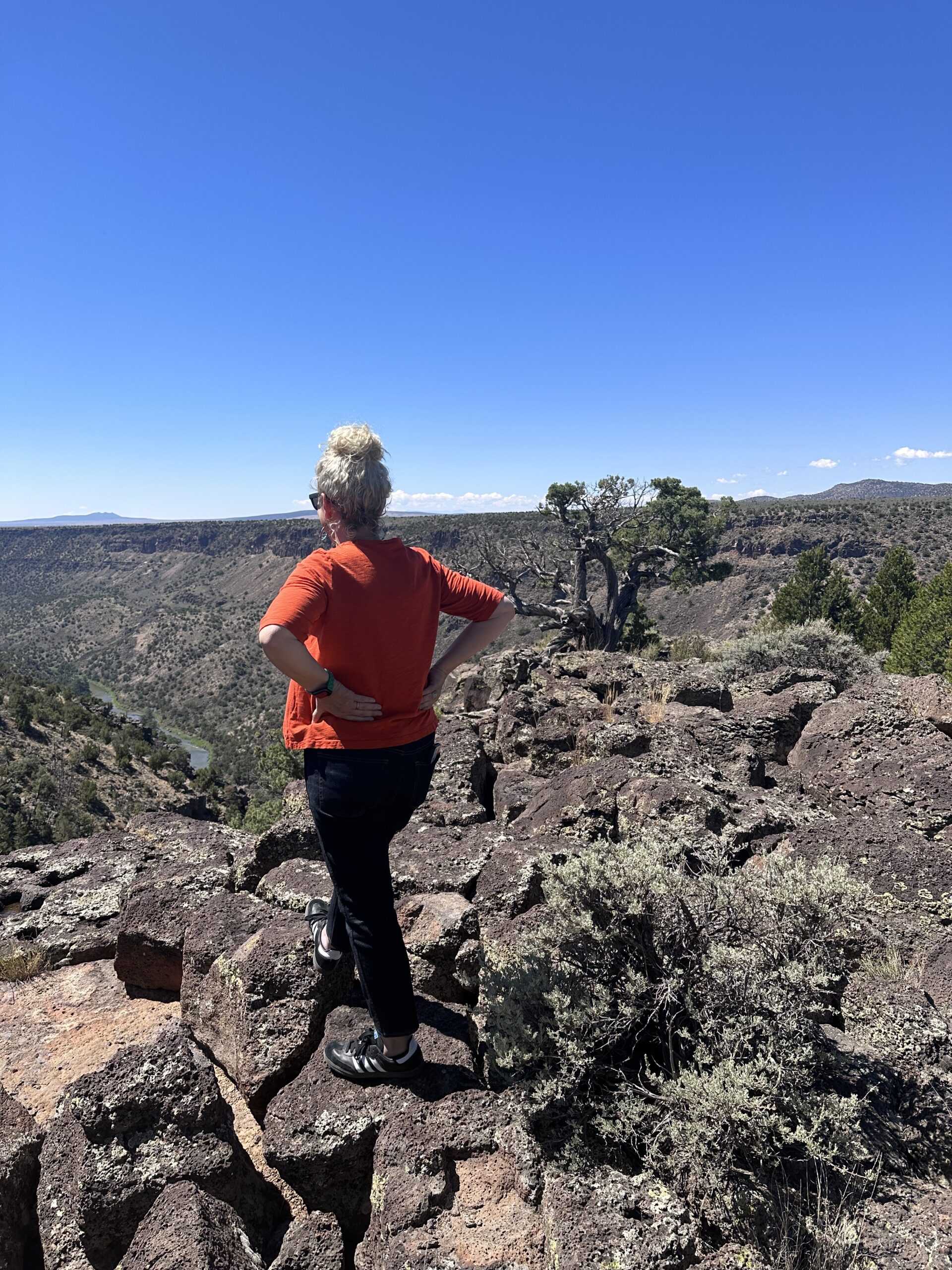
Not to mention, when I got home from that trip? I was absolutely exhausted. All that filming was intense, and I am now 58, and willing to admit when I need to rest. (For many years I didn’t allow myself rest without feeling guilt.) A week like that can require days to recover from. I am now honoring that in my own schedule and don’t feel guilty about it anymore.
It’s important to remember that I did not decide to work for myself in order to work 24 hours a day and allow tremendous amounts of pressure and guilt to rest on myshoulders. Mental breaks, time off, vacations, travel- all of that fuels me and makes me even better at what I do. But it honestly took me burning out to be able to fully realize that.
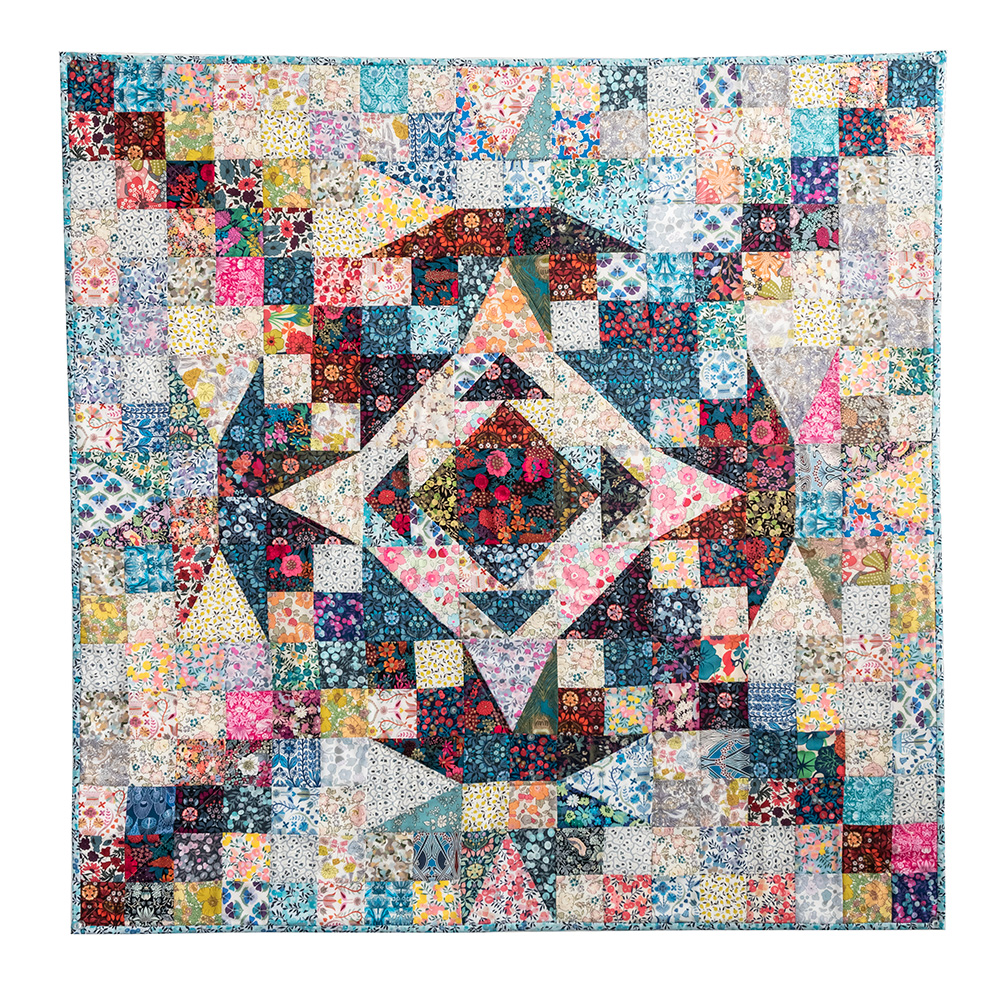
Once I finally get back to developing the things on my own personal schedule after having time away, I sometimes re-evaluate what I have listed. Ask myself questions- “Does this feel relevant?” “New?” I will often turn to my audience on Instagram or on my email list, and ask for feedback on things as I’m developing them. There’s no need to fully realize an idea if there’s not a good response to it, right? Taking this all into consideration, things will often shift around, fall off of my idea list entirely, or become a different version. This could feel stressful if I let it, but I try to look at this all as part of the process. I want to be reactive and put out the kinds of content that people would like to see from me. That can sometimes require changes and variations of original ideas.
What goes into a new pattern?
I don’t know how other pattern designers and online creators do it, but here is now I do it.
- Initial concept– This comes from inspiration I’ve gathered (which comes from places other than the quilting and embroidery online content). Honestly my inspiration usually comes from runway fashion (my original area of study and work in college and after). I play around with an idea usually in my own head. I don’t sketch on paper in a traditional way these days. I used to, but I am much much faster if I draw in Adobe Illustrator now, and that has a bonus of being able to change it quickly, look at it on my phone or iPad, anywhere I am. I’ll make several versions, only in black and white (color comes later) and will sometimes get frustrated and start over after several sketches. But if it’s a valid idea, I feel it in my gut and I’ve learned to trust it.
- Sample creation– I should say “Prototype creation”. This is where I work out things like quilt math, layouts in different sizes, etc. For an embroidery pattern- which stitches, on what base cloth, hoop size, thread colors- this are all things I play with at this stage. I tend to get very obsessive at this stage and find it hard to stop when I think I’ve figured out what I initially imagined. I actually love this part!
- What will this new idea be?– This is another area of “forced flexibility”. Will this be a pattern only? PDF and printed? A pattern and an online class? A kit? A free sew along? Can this design be tied to a product, a fabric, or a concept that is part of my brand? As you can imagine, all of these things need to be figured out for every single pattern release. They are all important. And often the online climate shifts if you take too long on one idea. You could have your goal set on producing only a pattern, then clearly see your audience wanting an online class. These are the times I will “try it and see” (TIAS is what my colleagues and I say over text). It’s very important to be receptive to how things change online.
- Write a pattern– Whether I am producing only a pattern or a class, some sort of pattern has to be written. I actually really enjoy this part to a degree- I write my pattern in Adobe InDesign, and have a set layout that I use over and over again. Every detail is considered- font, font size, colon or hyphens, illustrations, how steps are numbered, is wording consistent. A good pattern, in my opinion, has looked at all these details.
- Create a new sample from the pattern– This is the sample that will have all the details I figured out way back in Step 2. Plus I create this sample(s) knowing that it will be photographed, so extra care in taken. It’s also around this time that I schedule the pattern cover photography and the social media photography. I am very lucky to have my niece, a photography, nearby and she can either come to my studio to take the photos, or take the samples away if she has an idea. She creates social media imagery for Instagram Reels (vertical format), posts (square), as well as horizontal imagery for sales and shop pages, etc. She also gives me what I call the “full frontal” image on a white ground. That’s where all the images on my quilt gallery pages, for example, come from.
- Technical editing– I hire a technical editor to look over all my patterns and block of the month programs. I do this instead of hiring pattern testers and it has worked well for me. In a pinch they have also created samples for me. I compensate them for all their work. They are so helpful!
- Filming? Pattern printing?– Based on the decisions made in Step 3, I will create a filming schedule for myself (I have a google spreadsheet that I complete for every online class). I block out filming days so I’ll know to do things like wash my hair 😁. If I am also printing a pattern, I decide how many to print and coordinate printing with a local print shop I use.
- Let everyone know about it– Then there’s the marketing part. If I’ve done it right (i.e. the way I prefer to do it), you, my audience, have already seen and read snippets about this new pattern/class that is coming, so it’s not totally out of the blue. Maybe I’ve even asked you for help as I develop it. Regardless, it’s important on release day/week that I share in all the places about it- FB, IG, Pinterest, email newsletter, blog, etc. If I don’t let you all know about it, how can you even consider purchasing it?
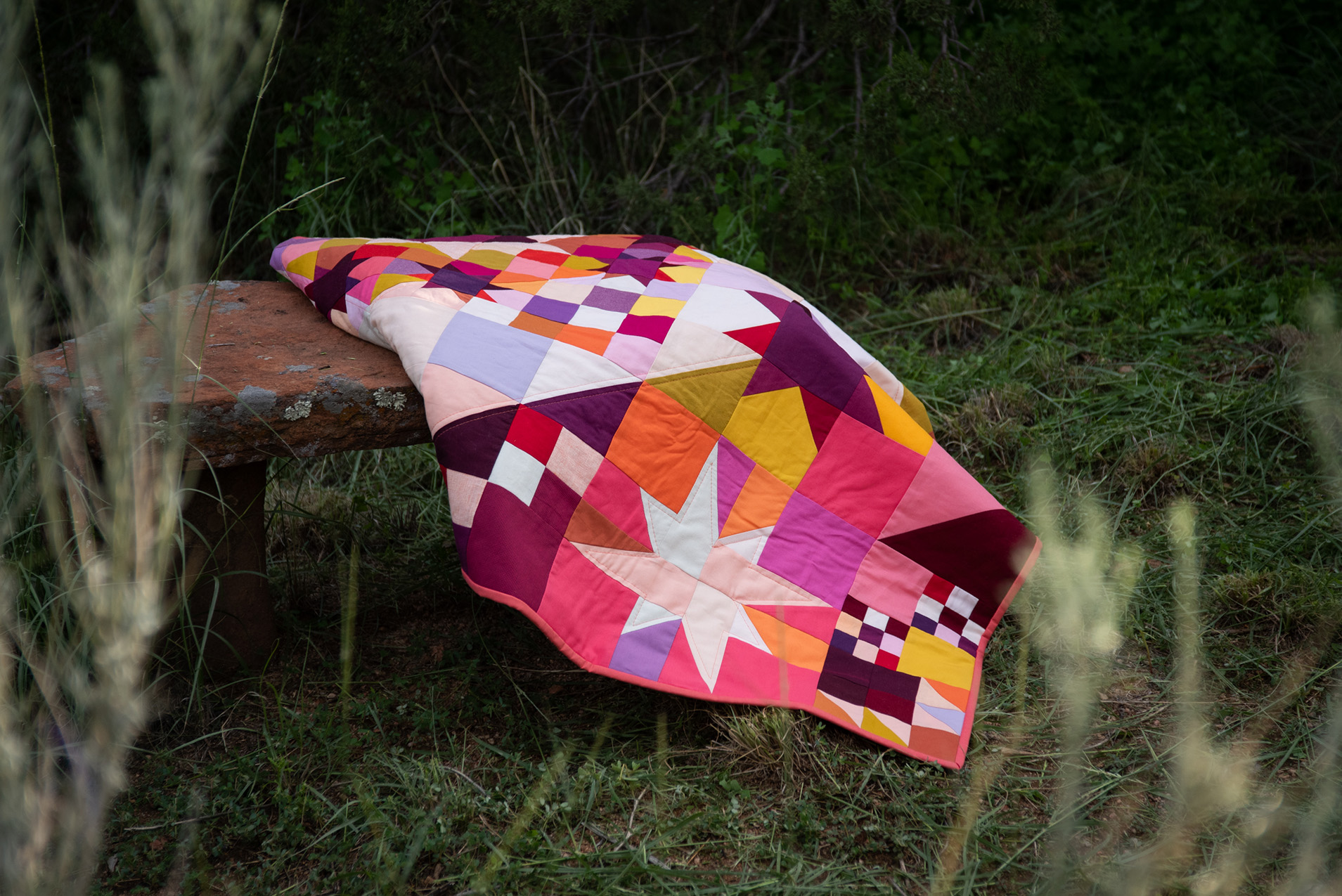
So there you have it. My basic process for how I create new content for my small business. There’s alot more that goes into it all that I haven’t mentioned- the marketing, email list building, etc that happens independent of the new work I create. But that is for another post.
The overriding thing you should know is that I love what I do! This small business of mine is not unlike when I used to design apparel for the companies I worked for. There’s an ebb and a flow that really works for me. I love a deadline, and I also love no deadlines.
Thank you for being here for me and my small business. Wise Craft Handmade would not be here if it weren’t for you!
